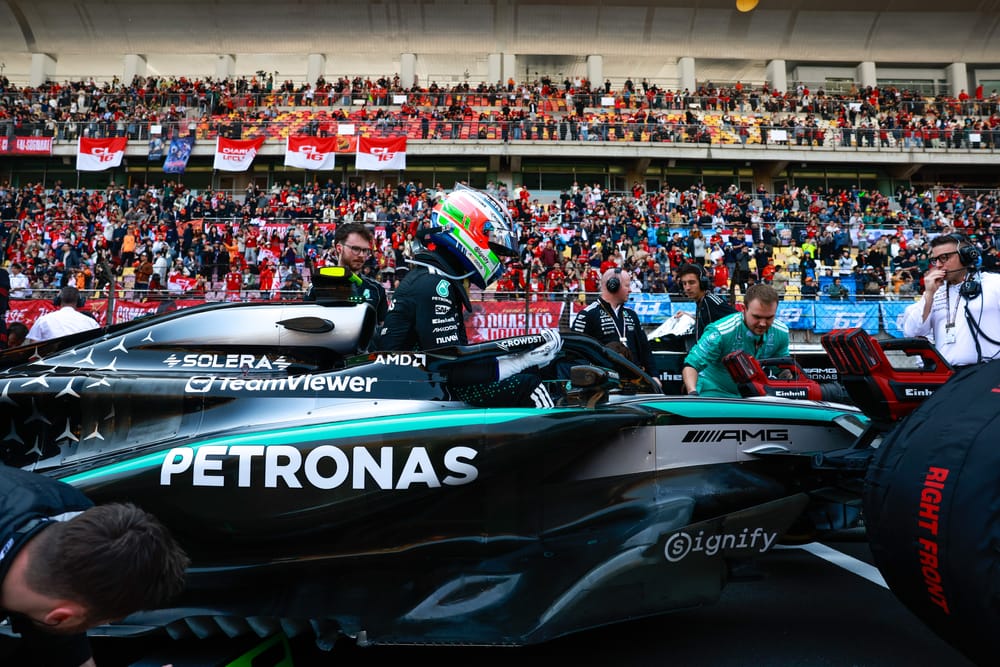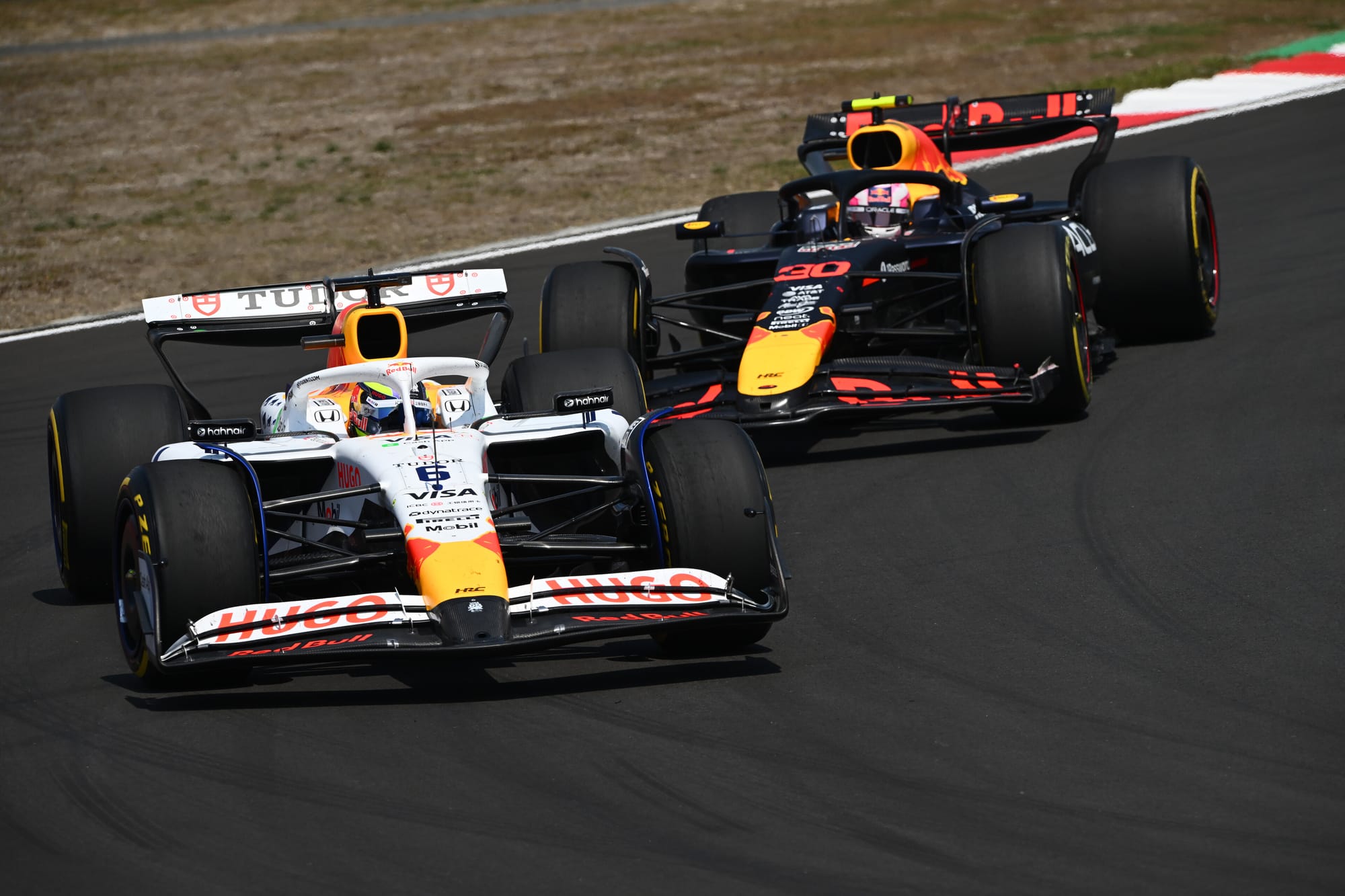Kimi Antonelli's Formula 1 career started well in terms of results, with fourth on debut in Australia followed up by sixth in China.
Getting those points on the board early on has somewhat exorcised the demons of the "terrible moment" when he so infamously crashed on his second flying lap on his FP1 outing at Monza last year, and while he's only shown glimpses of his searing pace this is a firm foundation to build from.
Circumstances somewhat flattered the 18-year-old in Australia, with a small error at the tricky Turn 6 leading to significant floor damage and a Q1 exit.
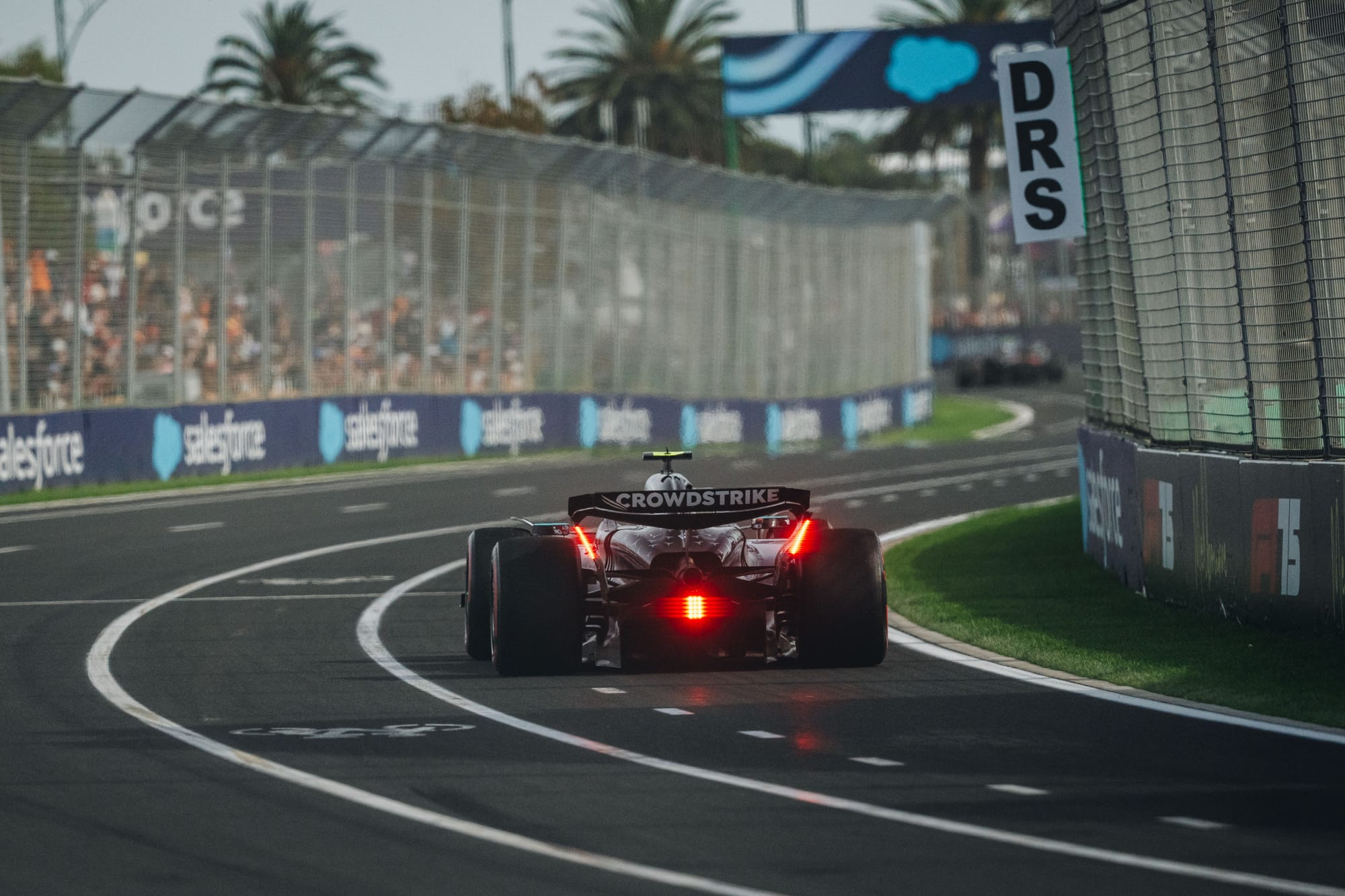
As team principal Toto Wolff put it, "he just hit a bump at the wrong place, and he would have qualified much further ahead", and it's certainly true that Antonelli would surely have reached Q3 without this error.
In the race, he caught a big moment on the opening lap to avoid ending up in the barriers at the same point as Jack Doohan, and later spun after dropping a wheel onto the grass. But close calls aside, he avoided the race-ending mistakes suffered by many others and was rewarded with fourth place. That was helped by being called into the pits on lap 44 when the rain came, which allowed him to jump from 10th to fifth, gaining one more place with a well-executed pass on Alex Albon.
It was a good start for Antonelli, one that was much needed to put what happened at Monza last year behind him. That's less about undoing past mistakes, and more about ensuring that pressure didn't mount on him early on.
This can build very quickly on rookies - just ask Liam Lawson - but by bagging a big result early on Antonelli ensured that the world was talking about what a great job he did rather than questioning his early promotion or preparedness for F1.
Of course, you can't untangle what he achieved in Australia from the impact of what happened at Monza. Speaking ahead of the Chinese GP, Antonelli made clear he had ruminated extensively on that 2024 crash and used those lessons to modify his approach.
"Monza was a really terrible moment for me as a driver, but I learned a lot from it," said Antonelli. "I changed a lot as a person, but also as a driver in terms of approach from that weekend. I'm not going to lie, when I went in FP1 in Monza I was pushing - it was like 'no fear'. It was Q3 lap, on the absolute limit, not caring about anything else, it was pure push.
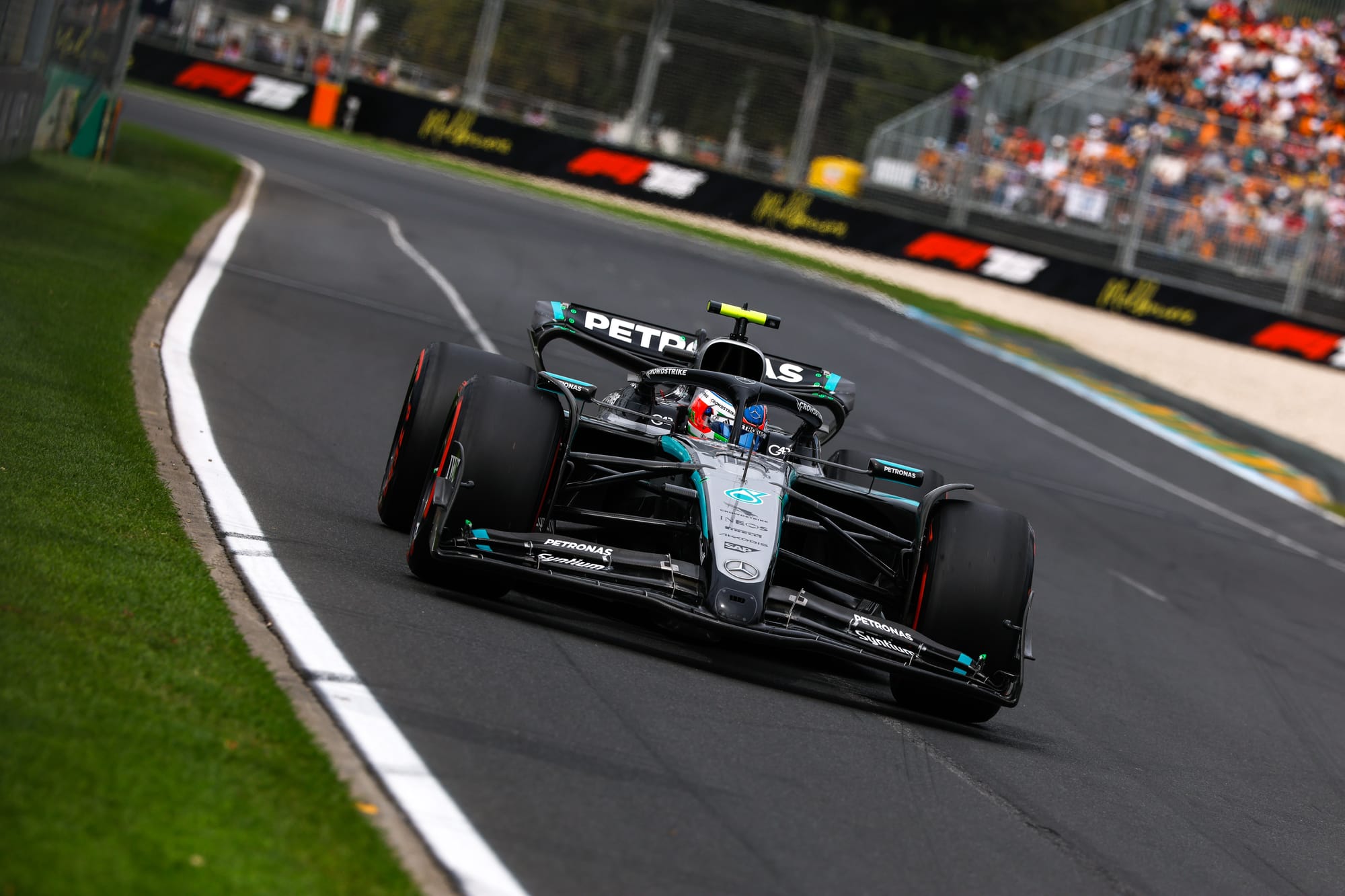
"But I learn that, especially in some conditions - the track in FP1 in Monza was super dirty, super slippery - it's better to take a step back and it's better to push progressively and build the session, because when such a mistake happens, you make a lot more steps back than you will make forwards.
"So definitely I feel like I change a lot, and also my approach changed a lot. But, of course, the tendency is always trying to go on track and find the limit - but in a smarter way."
China was a very different weekend, but the inverse of Australia in that it was a better one than the results suggested.
While he reached the final stage of qualifying both for the sprint and the main event, he was 0.569s and 0.380s respectively off Mercedes team-mate George Russell. That was primarily down to the capricious nature of preparing the Pirelli tyres for a quick lap, as demonstrated by the way Russell took a leap forward on his final attempt in qualifying proper.
"It was a bit disappointing [because] to be honest the pace was there, I just struggled to find the right balance with warm-up," said Antonelli when asked by The Race for his feedback on the session. "I struggled to be in the right window to extract the maximum grip.
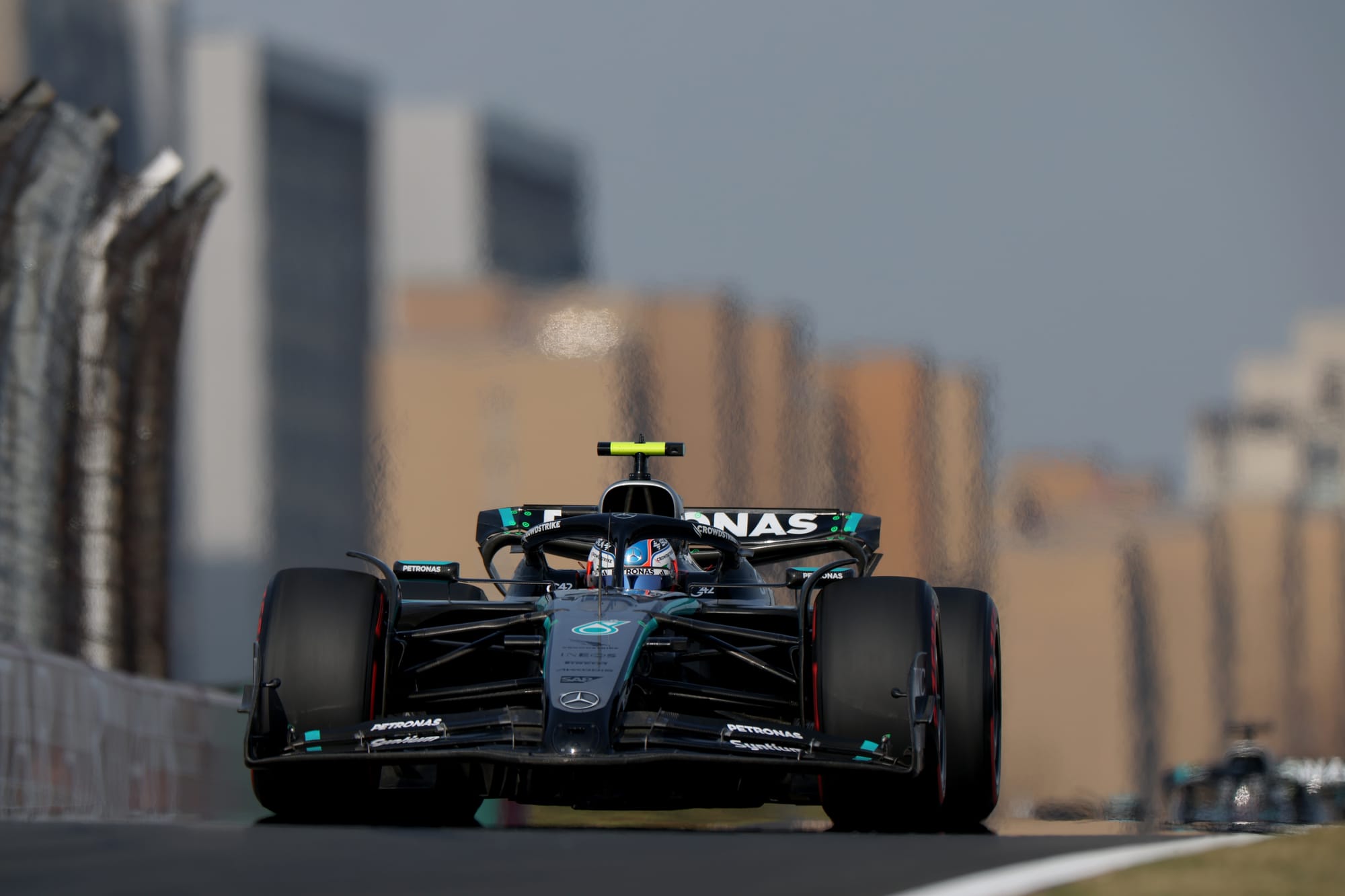
"That was during the whole session and that created a bit of a mess, [and] also killed a bit of confidence because I started the session with confidence, then I lost it a little bit with the warm-up."
He converted seventh on the grid to seventh in the sprint, falling behind Yuki Tsunoda on the opening lap then following him around for the rest of the race having regained a position to Lando Norris's lap-one error. But in the main race, he had a painful run to eighth on-the-road, which became sixth when both Ferraris were excluded, struggling for pace and being surprised at how much he was overworking the rear tyres.
However, that was a consequence of damage picked up on the first lap through no fault of his own that not only cost downforce, but also unbalanced the car.
"What happened was [Charles] Leclerc had hit Lewis [Hamilton's] rear tyre and that broke his front wing endplate off," said trackside engineering director Andrew Shovlin in the Mercedes post-race debrief.
"Kimi saw that, but he couldn't avoid it because there were cars either side of him. So he drove over it and that then went under the car and it damaged the floor fences. And that was costing quite a lot of performance."
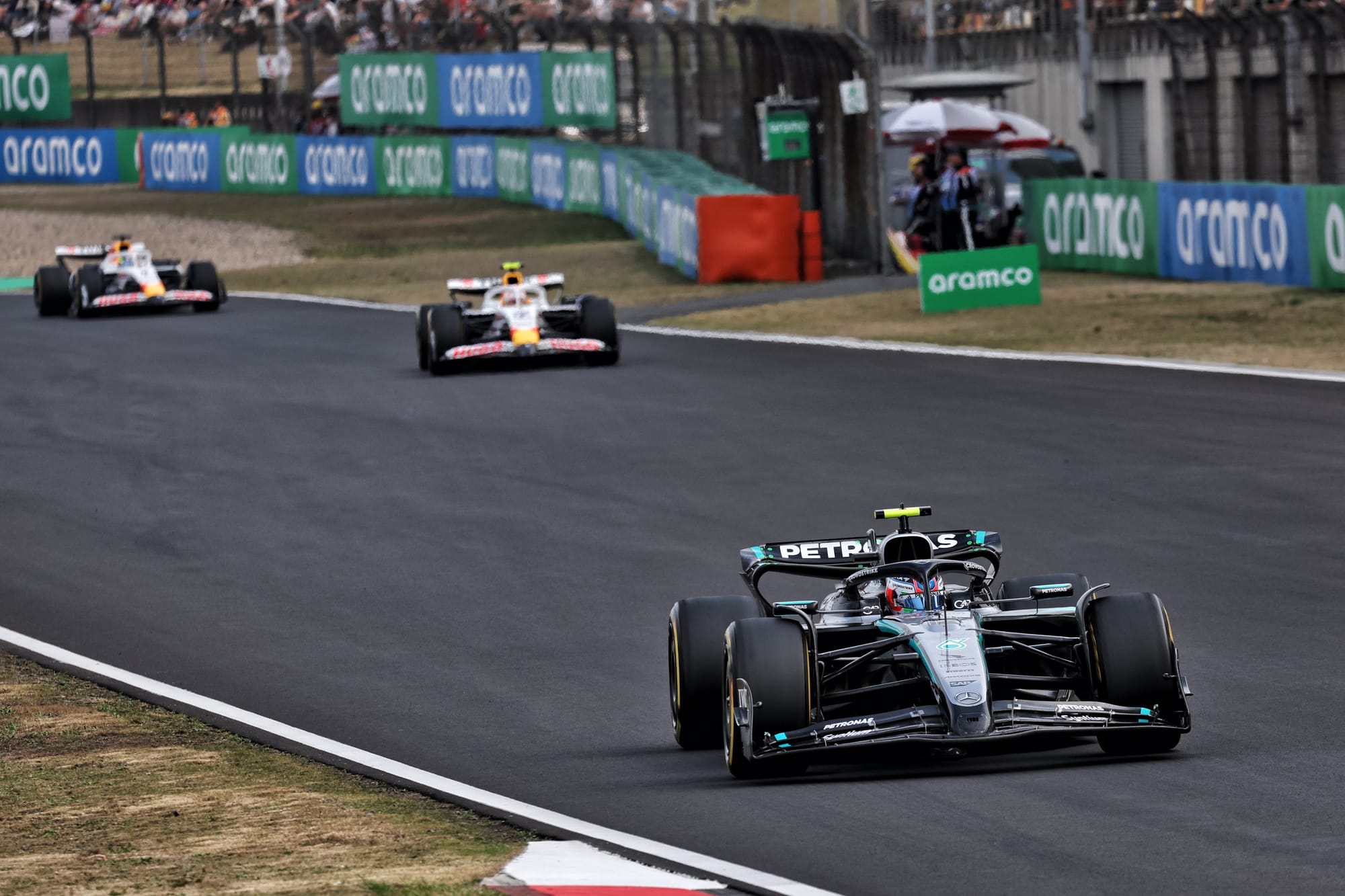
Quantifying the performance loss is difficult given the negative impact on the balance on top of the downforce lost, as well as the amount of rear sliding that resulted, overworking the tyres. What we can be certain of is that it was responsible for a good chunk of the pace deficit to Russell, which was just over seven tenths per lap over the course of the race, and left Antonelli vulnerable to being beaten by Haas driver Esteban Ocon.
This makes China a difficult measure of Antonelli's performance deficit to Russell when it comes to qualifying and race pace. However, what was clear in Shanghai, just as was the case in Bahrain testing and Australia, is that Antonelli is confident.
Watching trackside across those events showed a driver with no qualms about dancing on the edge of the limit and, while he's inevitably less precise on average than team-mate Russell, the overall impression is hugely positive. And as Antonelli himself explained, he knows he needs to polish his driving for the prodigious pace that there has been flashes of to be delivered consistently.
"I have a slight tendency to push the entries more compared to him," said Antonelli when asked by The Race about how he compares to Russell.
"Where I need to improve is trusting that combined traction from the tyres, because definitely I'm still too easy on [the] tyre on that side. It's really pushing the limit.
"But I think also that comes a lot from the warm-up, because when you have the tyres in the right window, you definitely feel the grip is there and you have automatically more confidence to push. Most of it comes from warm-up, trying to get in the right window. Then [there's] obviously a few other bits to work on."

The point about tyre familiarity is an important one. Not only are the 2025 Pirellis different compared to last year in terms of construction, but they are also very different to the Pirelli Academy tyres Antonelli has used in the majority of his testing mileage in TPC (testing of previous cars) running.
As he puts it, "the tyres are completely different, the working range is completely different, the way the tyre works, the way you use it".
As with all rookies, he faces a steep and unending learning curve when it comes to tyre optimisation, which is no surprise given even Russell was taken aback by the sudden perfection of the tyre prep for his final qualifying run in China.
Antonelli has shown that, despite his inexperience and youth, he can cut it in F1 and deal with the intense scrutiny at this level. He's banked valuable points and experience in the first double-header, even though he's yet to show startling pace consistently.
But it's in there, and the breathing space his early results will buy him both to calm any doubts he may have and the pressure from outside should allow him to develop at his own pace over the coming weekends. There's no doubt the speed is in there and will manifest itself with increasing regularity as the season progresses.
As Shovlin concludes, "he's settling into it, and I think there's a lot more to come from Kimi".

